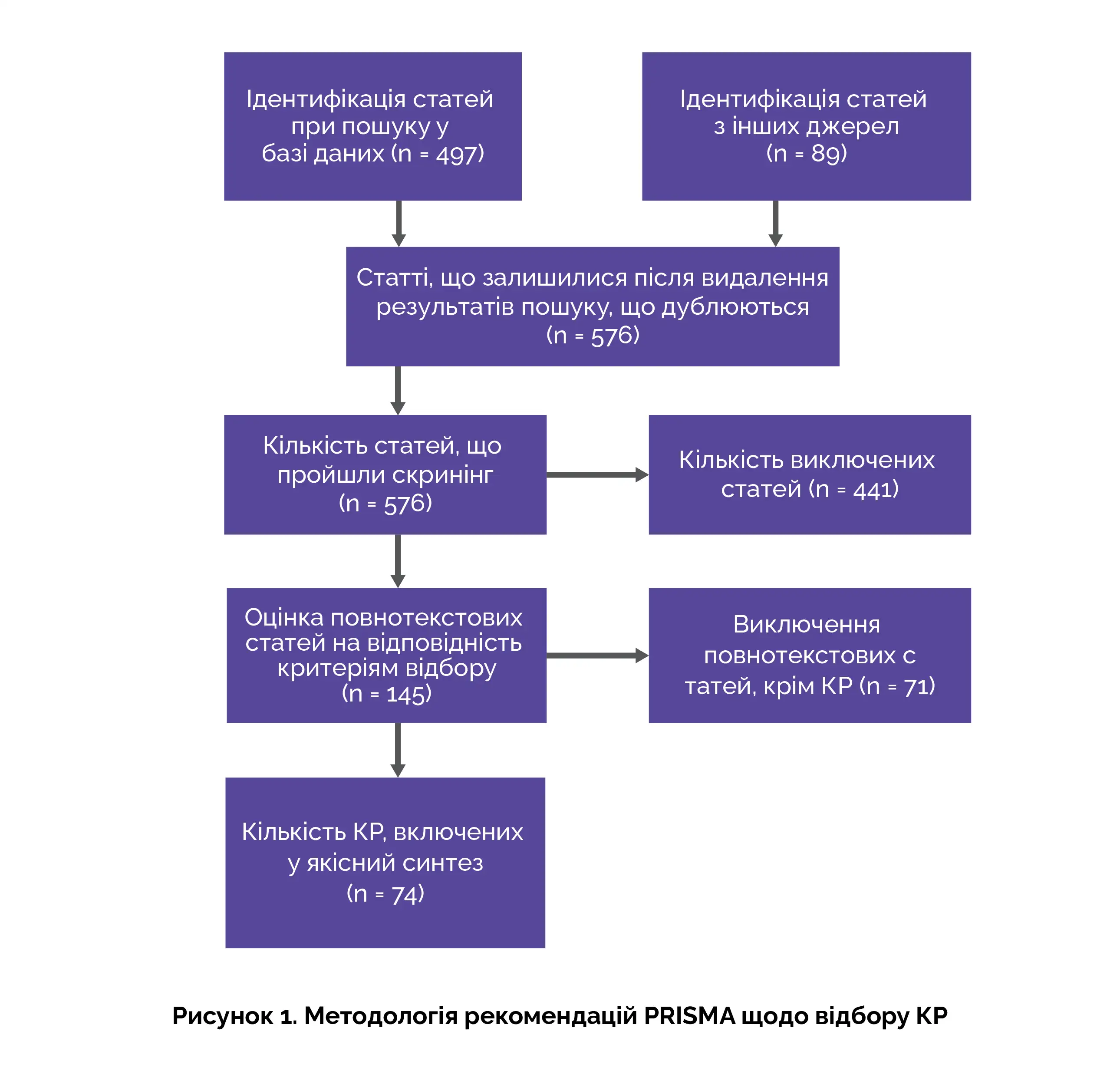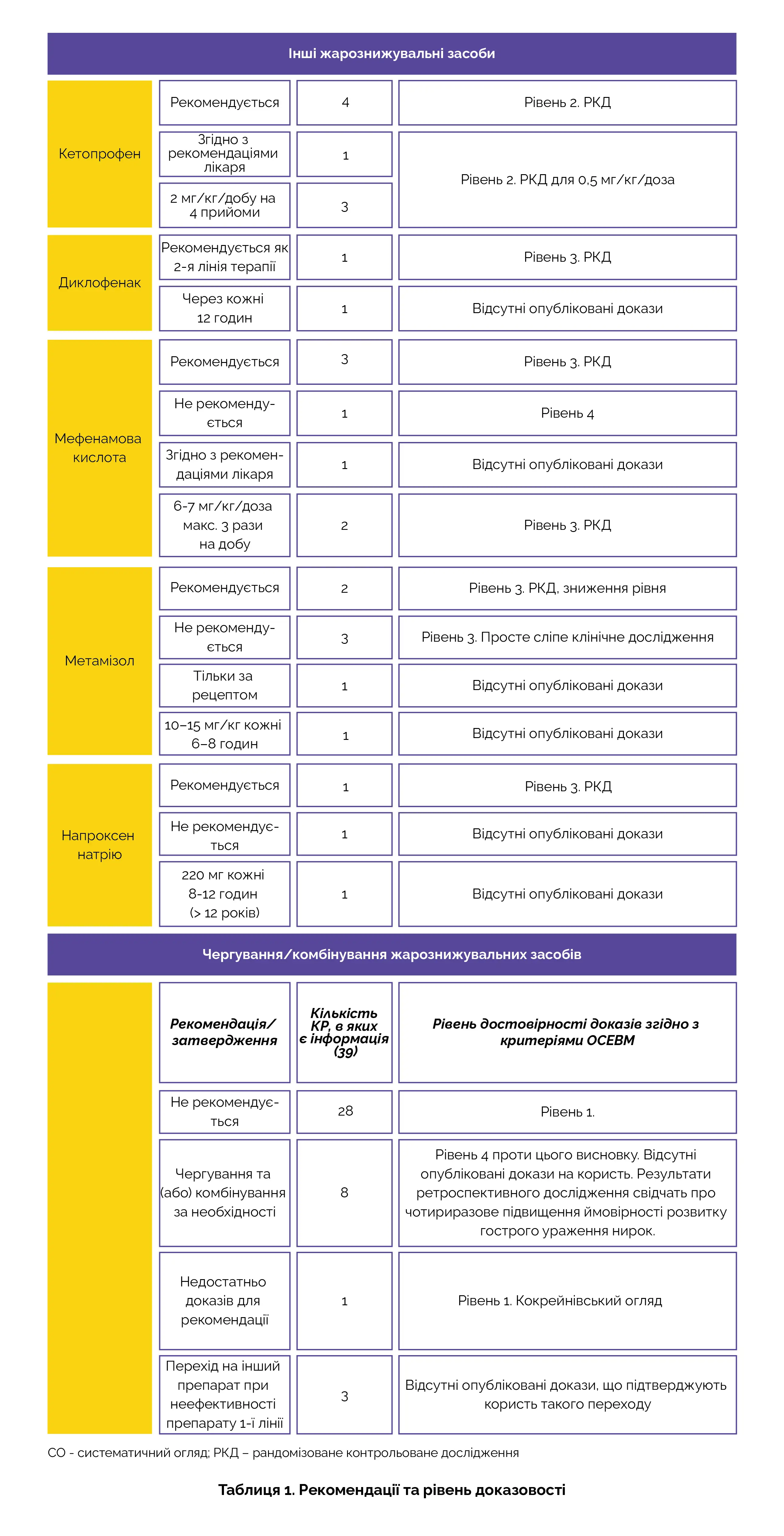Змінити пароль!
Скинути пароль!


Лихоманка - це фізіологічно контрольоване підвищення температури тіла з верхньою межею, що регулюється ендогенними захисними антипіретиками, та інактивацією термочутливих нейронів при температурі вище 42 ˚C.
Батьки та особи, які здійснюють догляд за дітьми, повинні виявляти небезпечні симптоми та оцінювати стани, що виходять за рамки лихоманки. Слід віддавати пріоритет поліпшенню соціального та фізичного середовища, а не зниженню підвищеної температури тіла, та використовувати жарознижувальні препарати як першу лінію терапії здорових дітей з гострим захворюванням з лихоманкою.
Лихоманка - це фізіологічно контрольоване підвищення температури тіла з верхньою межею, що регулюється ендогенними захисними антипіретиками, та інактивацією термочутливих нейронів при температурі вище 42 ˚C. Це поширена патологія, яка рідко досягає 41 ˚C і не виходить з-під контролю, як побоюються багато батьків та фахівців у галузі охорони здоров'я. Зростання «лихоманкофобії» пояснюється побоюваннями батьків, вихователів і осіб, що здійснюють догляд, щодо потенційно небезпечних причин лихоманки, таких як важкі бактеріальні інфекції, і помилковими переконаннями, що лихоманка є достатнім тригером для пошкодження головного мозку.
Результати численних досліджень свідчать, що значна частка батьків, вихователів і осіб, які здійснюють догляд, починають використовувати жарознижувальні засоби при незначній лихоманці або її відсутності з неправильним дозуванням або недостатнім інтервалом між дозами. Лихоманка - це фізіологічна реакція, яка допомагає боротися із захворюванням і не має довгострокових негативних наслідків для нервової системи. Основною метою лікування лихоманки у дітей має бути полегшення симптомів нездужання у дитини, а не зниження температури її тіла.
Неналежний контроль температури може ускладнити діагностику та підвищити ймовірність передозування жарознижувальних засобів. Крім цього, додатковими факторами, що посилюють токсичність лікарських препаратів, можуть стати використання ректальних лікарських форм, призначення даних лікарських препаратів за наявності основних захворювань, при яких вони протипоказані, а також перехід з одного жарознижувального препарату на інший або їх комбінація. Нарешті, надмірна медикаментозна терапія може мати значні фінансові наслідки у країнах із високим та низьким рівнем доходу.
Наявність різних точок зору на лихоманку призвела до відсутності узгодженості у підходах до її лікування. Незважаючи на докази того, що лихоманка є еволюційним ресурсом, що сприяє подоланню гострих інфекцій, багато фахівців у галузі охорони здоров'я та батьки вважають її небезпечним медичним станом. У США 2006 року випадкове передозування парацетамолу призвело до 100 смертельних випадків. Оскільки лікування жарознижувальними препаратами може бути шкідливим, низка організацій розробила клінічні рекомендації (КР) щодо лікування лихоманки у дітей.
Мета розробки КР полягала у забезпеченні керівництва лікуванням, усуненні розбіжностей між доказами та клінічною практикою з використанням принципів доказової медицини та зниження ірраціонального страху перед лихоманкою та надмірних спроб її придушення. Згідно з результатами огляду семи КР навіть рекомендації, оцінені як високоякісні, не є вичерпними за змістом і не узгоджуються один з одним. Повний спектр рекомендацій щодо лікування лихоманки у дітей досі не визначено. Тому необхідно узагальнити всі рекомендації та оцінити рівень доказовості кожної рекомендації, запропонованої в актуальних КР для лікування лихоманки.
ОБГРУНТУВАННЯ ДОСЛІДЖЕННЯ
Навіть у нещодавніх рекомендаціях відсутня підтверджена даними консенсусна думка, і багато з них суперечать один одному. Питання порогового значення залишається без відповіді, незважаючи на його важливе значення. У рекомендаціях зберігаються протиріччя щодо найчастішого втручання (жарознижувальні препарати). Досі не проводилася комплексна оцінка доказів, які слугують обґрунтуванням рекомендацій КР щодо лікування лихоманки.
МЕТА
Проведення комплексної оцінки КР щодо симптоматичного лікування лихоманки у дітей з використанням принципів доказової медицини.
Пошук літератури
Пошук проводили в різних базах даних, а саме PubMed, Google Scholar, на веб-сайтах товариств педіатрів та в базах даних клінічних рекомендацій для пошуку КР (документів з симптоматичного лікування лихоманки у дітей, випущених урядовими організаціями, асоціаціями педіатрів або іншими групами фахівців охорони здоров'я) у кожній із 195 країн. Пошук охоплював період із 1995 по 2020 рік. Веб-сайт Міжнародної асоціації педіатрів використовували для отримання списку національних асоціацій педіатрів та подальшого пошуку відповідних документів, пов'язаних із лихоманкою, на веб-сайті кожної асоціації.
Оцінку якості доказів щодо кожної рекомендації проводили в Оксфордському центрі доказової медицини (OCEBM). Оцінку сукупності доказів, що стосуються порогового значення для початку жарознижувальної терапії, провели відповідно до рекомендацій з розробки, оцінки та експертизи ступеня обґрунтованості клінічних рекомендацій (GRADE). Під час проведення систематичного огляду структурування всіх методів здійснювали відповідно до положень документа «Переважні параметри звітності для систематичних оглядів та метааналізів» (PRISMA). Відповідні бази даних медичних рекомендацій були знайдені за допомогою пошуку Google за запитом «бази даних медичних рекомендацій», а потім пошук виконували з використанням певних термінів.
Критерії включення
Критерії виключення
Були виключені статті, в яких були представлені КР, які є точними копіями інших рекомендацій або не стосуються симптоматичного лікування лихоманки.
Відбір досліджень та вилучення даних
Один рецензент витягував дані з усіх джерел у таблицю Excel.
Статистичний аналіз
Н/П
Оцінка ризику систематичних помилок та оцінка якості
Два дослідники проаналізували найвищий рівень підтверджуючих доказів щодо кожної рекомендації, використовуючи модифіковану версію критеріїв OCEBM. Найвищу якість доказів було надано систематичним оглядам (СО) рандомізованих досліджень (рівень 1). Потім слідували систематичні огляди обсерваційних досліджень та окремі рандомізовані контрольовані дослідження (рівень 2), індивідуальні проспективні обсерваційні дослідження, систематичні огляди клінічних випадків (рівень 3), індивідуальні описи клінічних випадків (рівень 4) і механістичні пояснення (рівень 5).
Зміни, внесені в критерії OCEBM в рамках даного дослідження, включали віднесення систематичних оглядів проспективних обсерваційних досліджень до рівня 2, систематичних оглядів клінічних випадків до рівня 3 і відповідних доклінічних досліджень до рівня 5. Суворість систематичних оглядів оцінювали з використанням інструменту оглядів (AMSTAR), при цьому рейтинг знижували на один рівень, якщо огляд відповідав менш ніж 7 із 11 критеріїв. Наприклад, систематичний огляд рандомізованих досліджень відносили до рівня 2 замість рівня 1. Два дослідники незалежно один від одного оцінювали якість доказів. Розбіжності вирішували шляхом обговорення.
Кінцеві точки дослідження
Н/П

Характеристики дослідження та учасників
Якість досліджень
Н/П
Вплив втручання на результат



Оскільки КР мають низький рівень доказовості рекомендацій і дуже низький рівень доказовості щодо порогового значення температури для початку жарознижувальної терапії, їх необхідно покращити з погляду методології, застосування та редакційної незалежності. Таким чином, для створення узгоджених та науково обґрунтованих клінічних рекомендацій щодо лікування лихоманки необхідні узагальнення та оцінка існуючої інформації.
Порогове значення температури для початку жарознижувальної терапії: доказова база та клінічна практика
Медикаментозне лікування: вибір лікарського препарату, дозування, побічні ефекти
Застосування жарознижувальних засобів для профілактики фебрильних судом
Немедикаментозні втручання: обтирання губкою, компреси, розтирання та споживання рідини
Рекомендації щодо додаткових методів лікування
Інші потенційні проблеми, ще не включені до опублікованих КР
Батьки та особи, що здійснюють догляд, повинні навчитися визначати небезпечні симптоми та оцінювати стани, що виходять за рамки лихоманки. Як перша лінія терапії здорової дитини з гострим лихоманковим захворюванням слід віддавати перевагу поліпшенню соціального та фізичного середовища, а не зниженню температури та застосуванню жарознижувальних препаратів. Жарознижувальні препарати слід призначати лише за наявності симптомів нездужання, при цьому їх не слід комбінувати чи чергувати. Зовнішнє охолодження може призвести до посилення дискомфорту та навантаження на метаболізм.
Cari Green та співавт.
Коментарі (0)